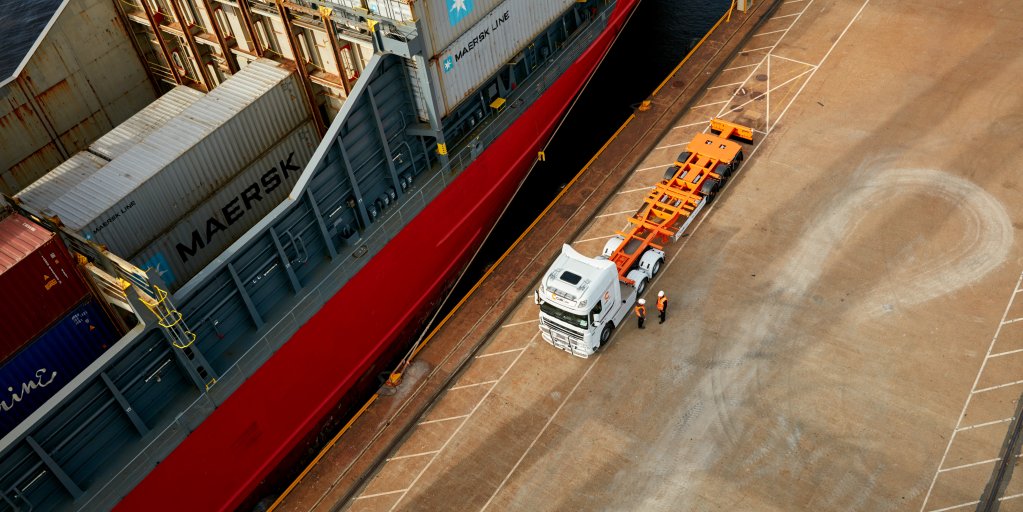Capacity issues and high demand in the shortsea market
The strained Asian sea freight market is now also affecting the sea freight in Europe. Vessels operating shortsea services are being moved to the market where the demand and prices are high. The Asian market is pulling capacity from Europe and putting pressure on the shortsea services, pushing both prices and capacity. To make sure we find space for your shortsea container, we urge you to make your booking as early as possible.
Shortage of containers/equipment makes each transport assignment more challenging and time consuming to organize. All operations in the European ports are also taking much more time than normal, as the ports are overloaded due to the increase in demand. Also, Brexit leaves UK harbors in great lack of personnel.
New resting rules for European truck drivers
The new rules regulate the weekly rest, and how it is performed. The regular weekly rest periods and any weekly rest period of more than 45 hours taken in compensation for previous reduced weekly rest periods, shall not be taken in a vehicle. This rest period shall be taken in suitable accommodation with adequate sleeping and sanitary facilities. The rules apply to both national and international road transport.
The result will be less flexibility. Also, the costs and terms for road transport within the EU will be affected.
Read about the new rules here; hNew rules for rest conditions for professional drivers in the EUttps://www.collicare.no/en/about-collicare/news/new-rules-for-rest-conditions-for-professional-drivers-in-the-eu
Drivers - capacity deficit
For all professional truck drivers, the new rules are a positive turn. However, it makes the life of being a truck driver more complicated, and some drivers choose to leave their occupation.
Traditionally drivers come from countries like Poland and the Baltics. In all these countries unemployment rates are sinking, and many drivers are going returning to home countries – and find other jobs there.
Every year we experience a bigger diversion between supply and demand in the European road freight market.
The average age of a truck driver is 58 years, and recruitment is very low – next to nothing. This occupational group has not been highly valued and, in many cases, is suffering from bad working conditions. New laws and regulations have been launched to improve these conditions.
We have not seen the final results of this situation yet. But we know the market will have to change and adapt. Retailers will look for production facilities in new areas and new ways to transport their goods. They will need costs and calculations they can trust, as well as reliable transit times to manage campaigns and customer’s expectations.

.jpg)